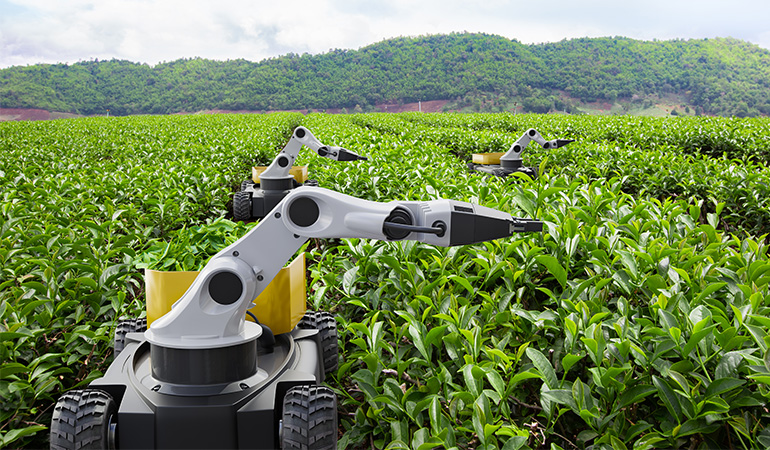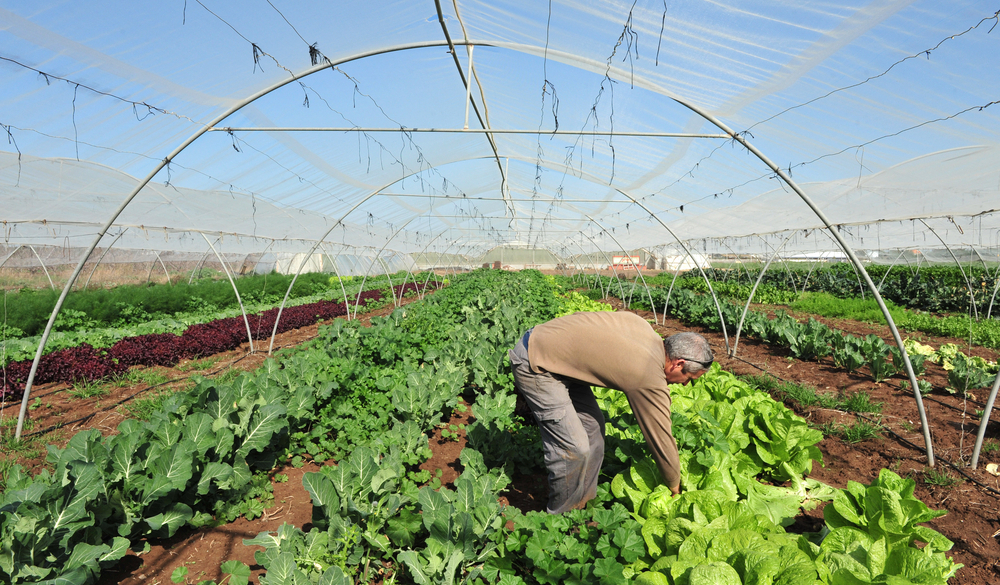Industrial farming, also known as industrial agriculture, has changed how food is grown and produced in the United States. It focuses on large-scale production to make food cheaper and more available. While this has helped feed millions, it has also caused serious harm to the environment.
From pollution to climate change, industrial farming affects the air, water, soil, and wildlife. This article explains the major environmental impacts of industrial farming in the U.S. and explores what can be done to reduce its damage.
What Is Industrial Farming?
Industrial farming is a method of agriculture that uses modern machinery, chemical fertilizers, and pesticides to produce large amounts of crops and livestock. It usually involves:
- Growing one crop across large areas (monoculture)
- Raising thousands of animals in confined spaces, known as CAFOs (Concentrated Animal Feeding Operations)
- Using synthetic fertilizers and chemical pesticides
- Mechanized irrigation and harvesting
While efficient, these methods often ignore the long-term health of the environment.

Water Pollution
One of the biggest environmental issues caused by industrial farming is water pollution.
How it happens
Farms use a lot of fertilizers and pesticides to boost crop growth. When it rains, these chemicals wash off the fields and flow into rivers, lakes, and underground water sources. In livestock farms, manure from animals can also leak into water supplies.
The impact
This runoff causes algae blooms in water bodies. When algae grow too much, they use up the oxygen in the water, creating “dead zones” where fish and other aquatic life can’t survive. Drinking water can also become unsafe due to high levels of nitrates from fertilizer, which can be dangerous for babies and people with certain health conditions.
Air Pollution and Climate Change
Industrial farming also adds to air pollution and contributes to climate change.
Sources of emissions
Animals like cows release methane, a strong greenhouse gas. Manure and fertilizers release ammonia and nitrous oxide, which are harmful to both people and the environment. Farm equipment that runs on fossil fuels also adds to the problem.
Greenhouse gases
Methane and nitrous oxide are much more powerful than carbon dioxide when it comes to trapping heat in the atmosphere. Agriculture in the U.S. is responsible for about 11 percent of total greenhouse gas emissions, and the real number may be even higher when indirect effects are included.
Deforestation and Habitat Loss
To make room for large-scale farms, forests and grasslands are often cleared. This leads to the loss of important natural habitats for many species.
Environmental effects
Removing trees means losing an important tool for capturing carbon dioxide. Deforestation also causes soil erosion, as there are no longer tree roots to hold the soil in place. It disrupts ecosystems and leads to the extinction of plants and animals that once lived there.
Even though deforestation is not as extreme in the U.S. as in some other countries, land is still being converted for growing crops like corn and soy, which are mostly used for animal feed or biofuels.
Soil Degradation
Soil is one of the most important resources for growing food, but industrial farming often damages it.
Causes of soil damage
Tilling, which is the process of turning over soil before planting, breaks down soil structure and increases erosion. Monoculture farming uses up the same nutrients year after year, making the soil less fertile. Heavy machinery compresses the soil, making it harder for roots to grow and water to enter.
Long-term risks
Once soil is heavily degraded, it becomes harder and more expensive to grow crops. This could lead to lower food production and higher food prices in the future.
Harm to Wildlife and Pollinators
Wildlife, including insects, birds, and small animals, suffers due to the impacts of industrial farming.
Pesticides and habitat loss
Pesticides used on crops can kill bees and other pollinators, which are essential for growing fruits, vegetables, and nuts. Monoculture farms also offer no food or shelter for animals. Water pollution from farms can harm fish, frogs, and other aquatic life.
Why pollinators matter
Without pollinators, many of the foods we rely on would disappear. This would not only affect human diets but also cause serious damage to ecosystems.
Antibiotic Resistance
In industrial livestock farms, animals are often given antibiotics to promote growth and prevent disease. This practice contributes to a growing public health crisis.
Environmental and health concerns
When animals excrete waste, antibiotics and bacteria resistant to those antibiotics can enter water supplies. These resistant bacteria can then spread to humans and make infections harder to treat.
The overuse of antibiotics in agriculture is a major factor in the rise of antibiotic-resistant bacteria, which are responsible for millions of infections every year.
Can Industrial Farming Become More Sustainable?
Though the damage caused by industrial agriculture is serious, there are ways to reduce its impact.
Regenerative agriculture
This approach aims to improve soil health, increase biodiversity, and trap carbon in the ground. Techniques include crop rotation, cover cropping, composting, and reduced tilling.
Precision farming
Technology can help reduce waste by applying water, fertilizer, and pesticides more accurately. This limits runoff and decreases the amount of chemicals used.
Better livestock practices
Raising animals on open pastures instead of in confined spaces can reduce disease and pollution. Well-managed grazing can even improve soil quality.
Supporting small and organic farms
Local farms often use fewer chemicals and more sustainable practices. Organic farming bans synthetic fertilizers and pesticides, making it healthier for the environment.

What Can You Do?
Even small choices can help reduce the environmental impact of industrial farming.
- Eat less meat, especially beef, which has a high carbon footprint
- Buy organic or sustainably grown food when possible
- Support local farmers’ markets
- Avoid wasting food
- Learn more and spread awareness about farming practices
Conclusion
The environmental impact of industrial farming in the U.S. is broad and serious. It affects water, air, soil, wildlife, and even our health. While this system has helped provide cheap and plentiful food, the hidden costs are now becoming impossible to ignore.
Sustainable solutions exist, and both farmers and consumers have a role to play. By changing farming methods and making smarter choices about what we eat, we can help protect the environment and build a better food system for the future.
Do Follow USA Glory On Instagram
Read Next – National Parks Under Threat: Protecting America’s Treasures






